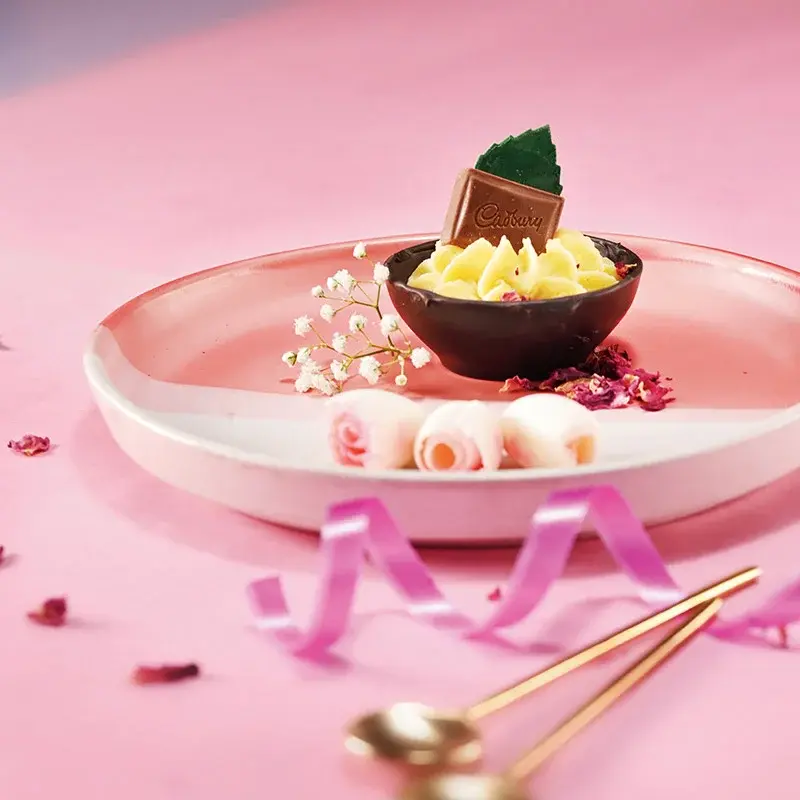Pavlova is a dessert made from meringue that pays tribute to the ballet dancer Anna Pavlova. Combining a crisp and airy meringue shell with a soft marshmallow like center, it is often adorned with whipped cream and an array of fruits.

The origins of the Pavlova can be traced back to the 20th century. The story behind its creation is as captivating as the dessert itself, deeply entwined with the rivalry between Australia and New Zealand. Both nations proudly claim ownership of this treat, resulting in a sweet dispute. Legend has it that this dessert was initially devised in honor of Anna Pavlova, the ballerina who toured both countries during the 1920s.
The birth of the Pavlova was undoubtedly an achievement in innovation—a response to capture the ethereal grace and lightness embodied by this extraordinary dancer. Inspired by her elegance, chefs set out to create a dessert that would encapsulate these qualities perfectly, hence giving rise to what we know as the Pavlova. The Pavlova dessert recipe brought an innovative texture to the world of desserts departing from the heavier options that were popular at the time.
The Evolution of Pavlova

Throughout the years, the Pavlova dessert has undergone transformations reflecting changing trends and local ingredients. Starting as a meringue with a center, it gradually evolved into a blank canvas for creative experimentation. Both professional chefs and home cooks began exploring toppings ranging from choices like kiwifruit and strawberries to more exotic fruits, like passion fruit and mango.
Because its base ingredients consisted of egg whites and sugar, countless variations emerged. Some cooks added cornflour and vinegar to stabilize the meringue while others experimented with types of sugar to achieve desired textures and levels of sweetness. The Pavlova dessert adapted to its surroundings by absorbing flavors and incorporating fruit varieties.
Pavlova’s Global Cousins

While Pavlova is known for its meringue foundation, similar meringue-based desserts exist in cultures worldwide. In France, there's Meringue—a crispy confection often filled with cream or fruits. Italy’s Torta Pavlova also shares similarities, often incorporating nuts and chocolate into its recipe. The Eton Mess, a dessert originating from Britain, deconstructs the Pavlova by combining crushed meringue with cream and strawberries. Although these desserts share similarities, the Pavlova distinguishes itself through its texture and cultural significance in Australia and New Zealand.
The Timeless Appeal of Pavlova

The Pavlova, with its blend of textures and flavors, is more than a sweet treat. It showcases ingenuity and cultural expression. From its disputed origins to its variations around the world, the Pavlova has gracefully found its place in the hearts and on the plates of many. Whether it takes center stage during a Christmas celebration or serves as a celebratory indulgence in New Zealand, the Pavlova remains an iconic and cherished delicacy.
More Like This
Popular Articles



Trending Web Stories
Curated Recipes


















